Something is soothing about rain. Imagine cozying up under the blankets with a warm cup of coffee and your favorite book. Who can resist that? But, suddenly, you realize that you’ll have to deal with the rainwater in your backyard. Who knew that poor drainage could ruin such a pleasurable moment?
Most people deal with home repairs and improvements only when the problem arises. Both homeowners and contractors can feel frustrated about the situation, making the work more complicated and expensive!
Rainwater from the amerimax gutter and through the downspout ends up in your yard. Water-logged backyards are unsightly, and they can even stink. Mosquitoes can even lay eggs in stagnant water. The worst thing that can happen is that it can weaken the foundation of your home!
With such a risk, it’s essential to install backyard drainage systems. This will keep your backyard dry and protect your home’s structural integrity. Drainage systems come in a wide range of options, and you’ll need to pick the perfect combination for your backyard. In the end, better drainage requires better understanding—it’s that simple.
To help you out, here are some secrets for better backyard drainage:
- Extend downspouts
Water going through downspouts can go straight to landscaping gardens or straight down to the house’s foundation. Extending the spouts so that they drain further away, closer to a drain, would be ideal.
- Redirect downspouts
Where your downspouts point needs to be strategic. If the gutter points directly to an indented part of the backyard, you’ll expect it to collect water in that area. The same goes for a part of the yard that slopes upward.
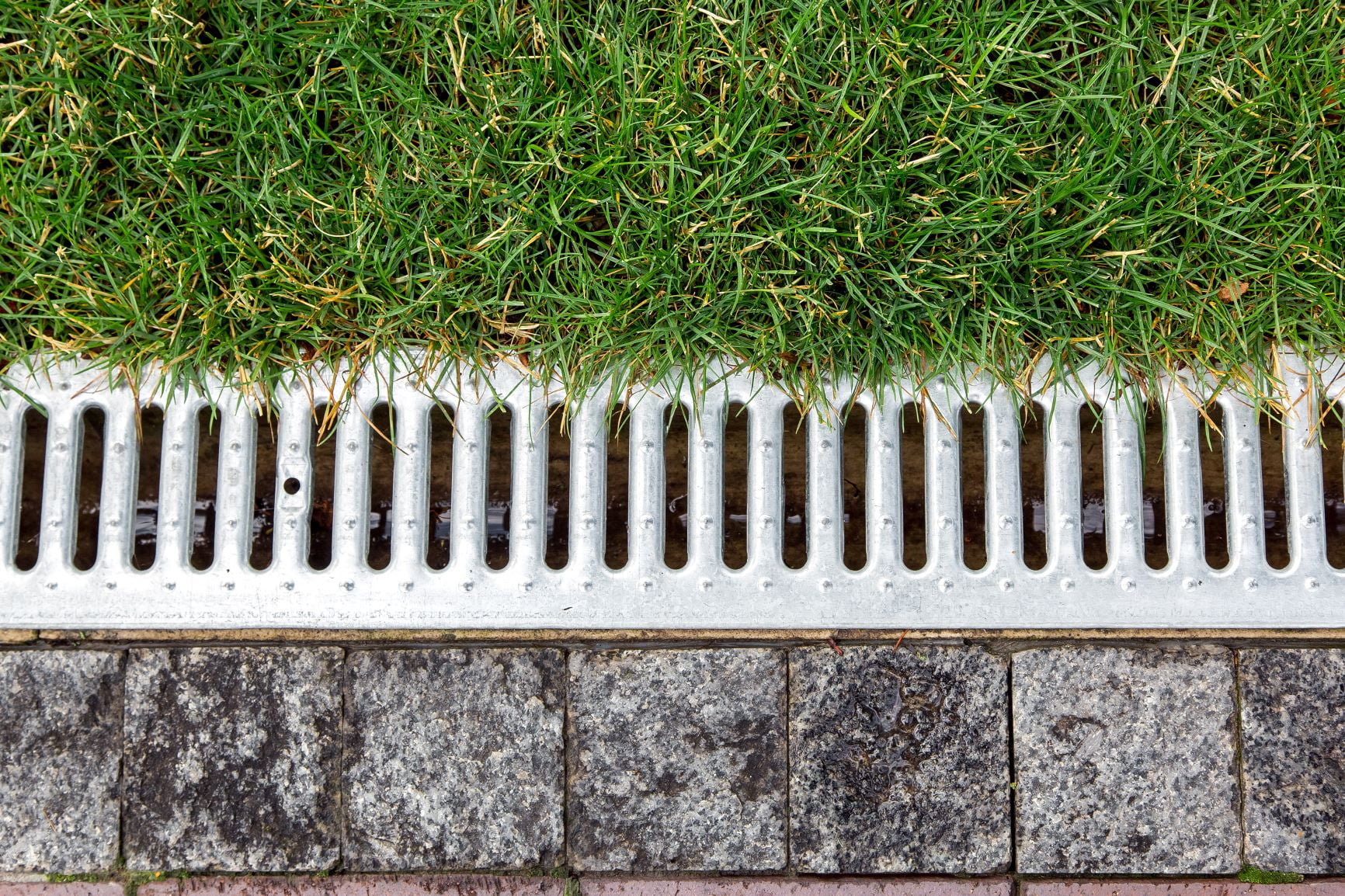
If this is how your gutters in your backyard are set up, you’ll have to redirect them by attaching a sturdy drain pipe so that they point away. Ensure that the water is carried over to a drain or somewhere that won’t be prone to pooling water.
- Install a dry well
A dry well installation is a simple and affordable way you can improve your backyard drainage. Essentially, a dry well is a hole in the ground where the water goes. The 3-4 feet hole is dug in a more recessed part of the backyard. This is so water can naturally roll down and get drained into the dry well. Then, a commercial dry well and holding tank are fit into this hole. It’s also possible to line the hole with landscape fabric.
- Install a French drain
A French drain is a perforated pipe that is installed in a gravel trench. This solution is great for any backyard that collects a lot of water from rain or other drainage problems. The great thing about French drains is that you can combine them with other backyard draining options.
- Use an outside sump pump
An external sump pump can take away water from your backyard by pumping it out into another area. Another way it can get rid of water is to allow it to drip into another place. Using a sump pump is an excellent way to get rid of a flood as soon as possible. However, it’s just a quick fix. It won’t fix your drainage issues in your backyard.
- Create a creek bed
Making a creek bed in your backyard is not only an effective way to get rid of the water, but also a beautiful feature. Creek beds are generally created in areas where water collects or in a natural slope in your yard. If done correctly, it will lead to a dry well or a rain garden.
- Improve topsoil
Soil and plants should naturally absorb water. However, if the soil is too compact, or there’s too much clay in it, water won’t be able to seep through. Improving topsoil should be able to improve absorption. First, dig a couple of inches off the topsoil. After that, you can add a mixture of sawdust, sand, gypsum, and other organic matter.
- Creating a rain garden
This last solution is an excellent option if you can’t afford other drainage solutions. Landscaping is commonly used to liven up your backyard, but it can also be functional. If you know gardening and plant species, you’ll understand that certain plants grow in water sodden areas. Making a rain garden with such plants can absorb all the excess water in your backyard. It also makes for a beautiful garden.
Conclusion
Rainwater and drainage problems can lead to water-logged backyards if your soil can’t absorb the excess water and if there’s no drainage. There are many kinds of solutions available, and you can even choose a combination of different methods. One important thing to remember is to act now to avoid flooding and any structural damage to your home.

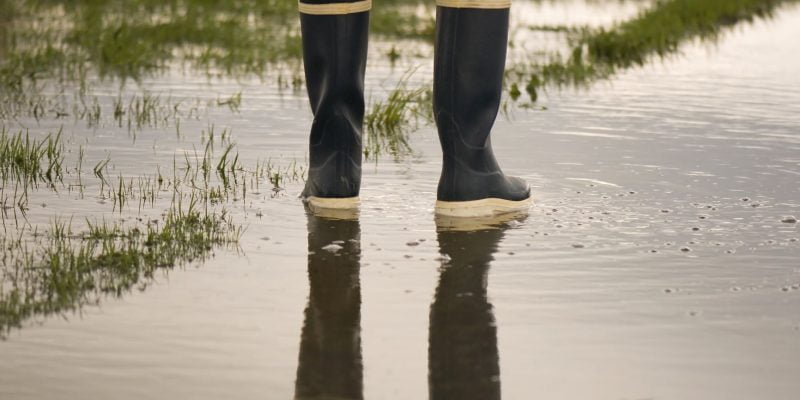
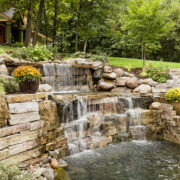
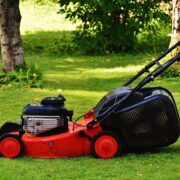
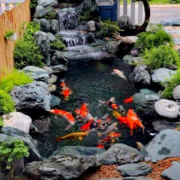
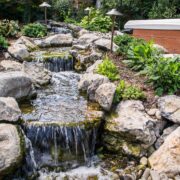
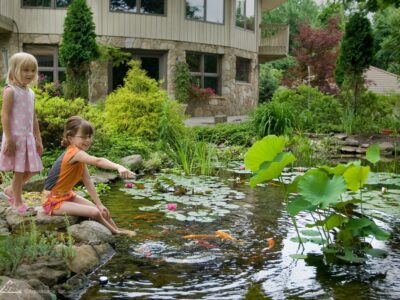
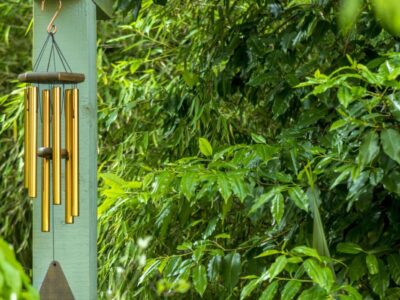
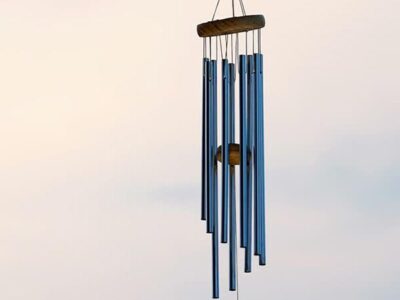

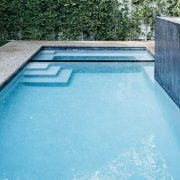

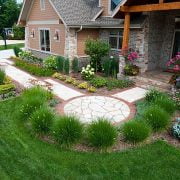
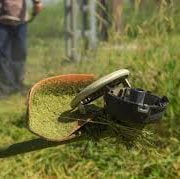
[…] underneath your sinks, or looking for water stains on your ceilings. As there will likely be rain in your future, make sure that your sump pump is draining correctly, and schedule your chimney’s annual […]